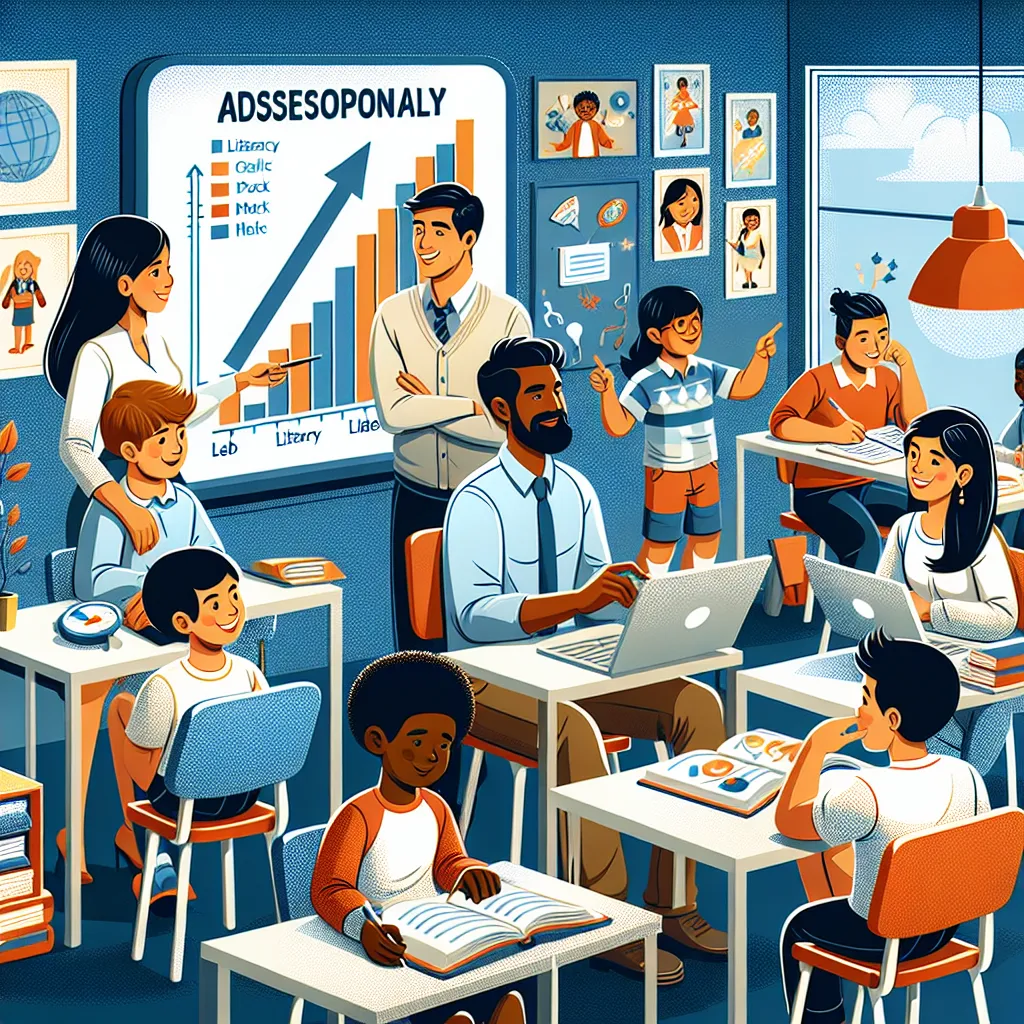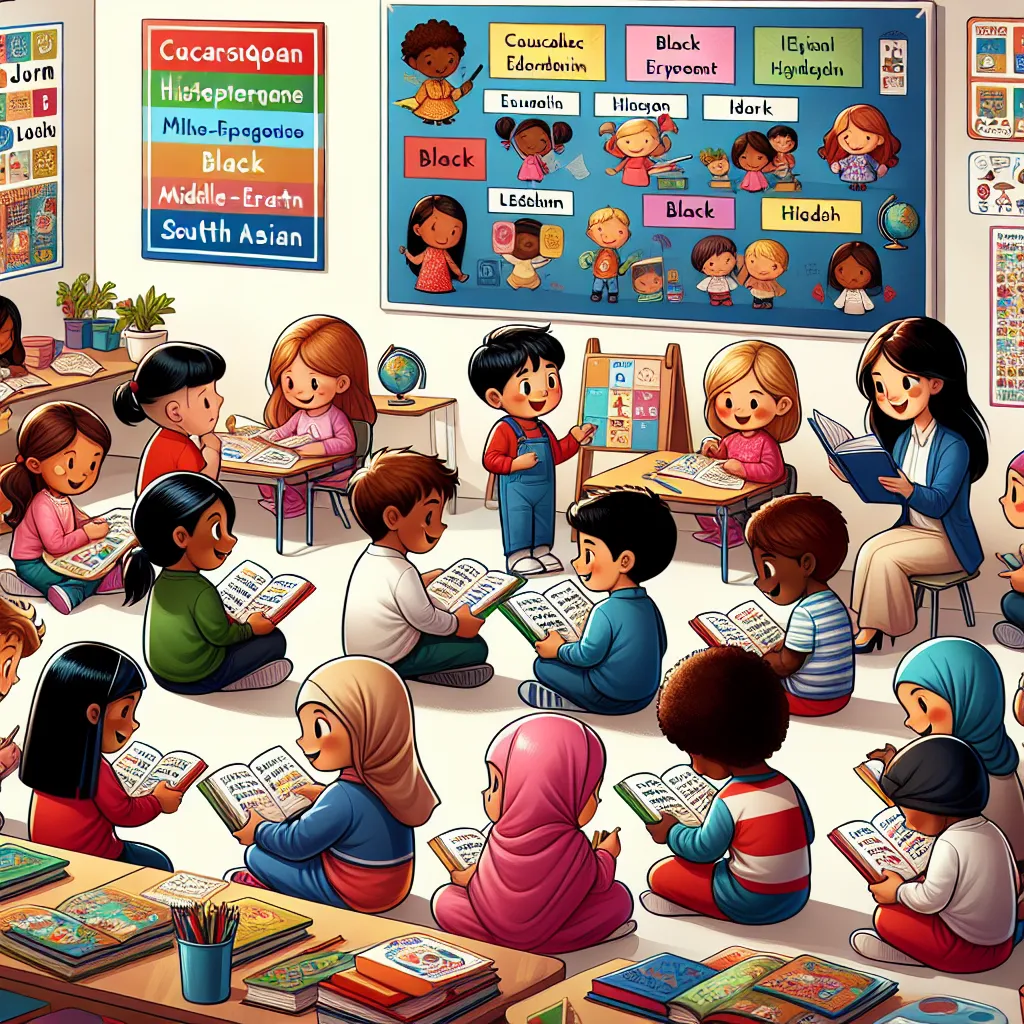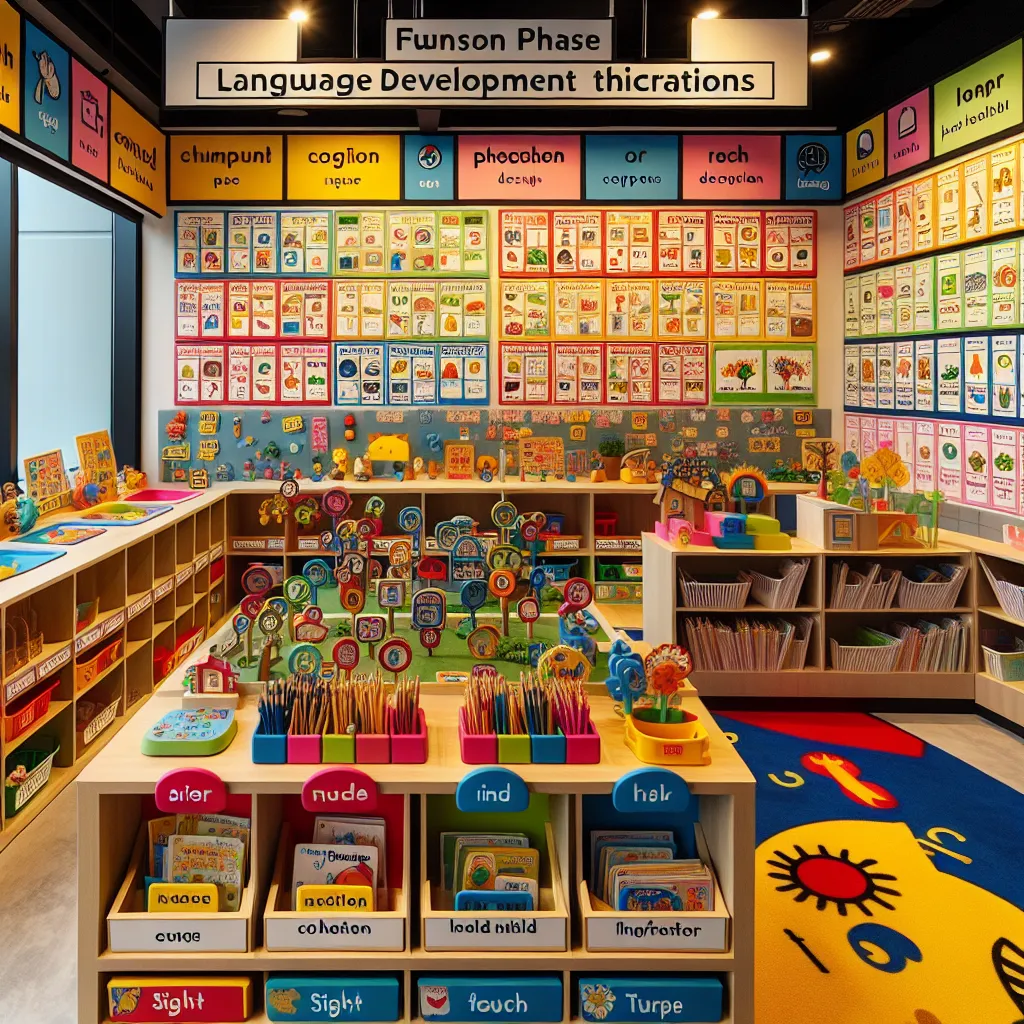Ask AI on The Internet
Question: ASSIGNMENT/ ASSESSMENT 04 Essay-type questions NB: This assignment is COMPULSORY for all students registered for this module. Assignment 04 comprises essay-type questions. These questions are designed to help you work through study unit 3 and 4 of your online study guide. Question [40] 1.1 Learning to read and write are both social and cognitive endeavours. Children learn from parents, siblings, teachers and their peers. They copy what they see from these knowledgeable others and also make their own sense of the written words. Allow children to scribble around and read their scribbles to you. Based on the above excerpt, answer the following questions: 1.1a. Justify why reading is regarded as essential for children’s social and cognitive development. (10) 1.1b. Demonstrate your understanding of why reading and writing are regarded as inseparable components of literacy development. (10) 1.3 Differentiate between shared reading and independent reading. (10) 1.4 Describe effective ways that a foundation phase teacher should follow during reading aloud strategy. (10) Question 2 [40] 2.1 The language experience approach highlights the importance of children’s experiences being brought forward in the classroom and being used as a resource for learning. 6 Language experience approach, like its name, maintains that children learn better when they learn from their own experiences. Based on this statement, discuss steps that a teacher can take to record an experience as suggested by Gunning & Oxford (2014). (10) 2.2 Demonstrate your understanding of dexterity and prehension. (10) 2.3 Argue the role played by conceptual knowledge in the development of emergent writing. (10) Question 3 [20] 3.1 List the developmental stages of writing and discuss the first stage. (10) 3.2 Discuss the roles of the foundation phase teacher in promoting emergent writing. (10) 3.3 Demonstrate your understanding on the use of play as a strategies to build children’s love for writing. (10) TOTAL: 100 MARK
Certainly! Let’s break down the assignment and provide guidance on how to address each part of it. ### Question 1 #### Subquestion 1.1a (10 points) **Justify why reading is regarded as essential for children’s social and cognitive development.** - **Social Development:** Reading exposes children to different cultures, perspectives, and social norms, which helps them understand and relate to the world around them. Through stories, children learn about empathy, cooperation, and other social skills. - **Cognitive Development:** Reading enhances vocabulary, language skills, comprehension, and critical thinking. It stimulates cognitive functions such as memory, attention, and reasoning. #### Subquestion 1.1b (10 points) **Demonstrate your understanding of why reading and writing are regarded as inseparable components of literacy development.** - **Symbiotic Relationship:** Reading and writing complement each other. Reading enhances vocabulary and exposes children to grammatical structures, while writing allows them to apply and practice these skills. - **Reinforcement:** When children write, they reinforce their understanding of syntax, grammar, and language patterns, which in turn improves their reading skills. #### Subquestion 1.3 (10 points) **Differentiate between shared reading and independent reading.** - **Shared Reading:** This involves a teacher or a parent reading with a child or a group of children. It is interactive and includes discussions, predictions, and questions about the text. - **Independent Reading:** This is when children read by themselves. It allows them to practice fluency and comprehension at their own pace and level of understanding. #### Subquestion 1.4 (10 points) **Describe effective ways that a foundation phase teacher should follow during reading aloud strategy.** - **Engaging Introduction:** Start with a brief introduction, asking questions related to the cover, title, and author. - **Interactive Reading:** Use different voices for characters, ask predictive questions, and encourage participation. - **Post-Reading Discussions:** Discuss the story, ask open-ended questions, and relate the story to the children's own experiences. ### Question 2 #### Subquestion 2.1 (10 points) **Discuss steps that a teacher can take to record an experience as suggested by Gunning & Oxford (2014).** - **Pre-Activity Preparation:** Organize the experience and gather necessary materials. - **During the Experience:** Observe and document key moments, children's reactions, and interactions. - **Post-Activity Reflection:** Discuss the experience with the children, ask them to describe it, and help them write or draw about it. #### Subquestion 2.2 (10 points) **Demonstrate your understanding of dexterity and prehension.** - **Dexterity:** Refers to the skillful use of fingers and hands. Important for text manipulation and writing. - **Prehension:** Involves the grasping and holding of objects. Essential for developing fine motor skills needed for writing. #### Subquestion 2.3 (10 points) **Argue the role played by conceptual knowledge in the development of emergent writing.** - **Conceptual Knowledge:** Understanding concepts like shapes, sizes, and categories helps children organize and write their thoughts clearly. - **Application:** As children’s knowledge base grows, they use this information to create more coherent and structured writing. ### Question 3 #### Subquestion 3.1 (10 points) **List the developmental stages of writing and discuss the first stage.** - **Stages:** 1. Scribbling 2. Letter-like forms and shapes 3. Random letters 4. String of letters 5. Beginning sounds 6. Consonants representing words 7. Initial, middle, and final sounds 8. Transitional phrases 9. Conventional spelling - **First Stage (Scribbling):** Random marks on paper that often don’t represent letters or words. It is the child’s first attempt at written expression and shows their interest in writing. #### Subquestion 3.2 (10 points) **Discuss the roles of the foundation phase teacher in promoting emergent writing.** - **Creating a Print-Rich Environment:** Displaying various forms of writing around the classroom. - **Modeling Writing:** Demonstrating writing in front of the class. - **Providing Opportunities:** Offering diverse writing activities and materials. - **Giving Feedback:** Offering constructive feedback to encourage improvement. #### Subquestion 3.3 (10 points) **Demonstrate your understanding on the use of play as a strategies to build children’s love for writing.** - **Incorporating Play:** Use games, storytelling, and role-playing to make writing a fun activity. - **Materials:** Provide a variety of writing tools and materials in play areas. - **Encouragement:** Praise children's writing efforts during and after play activities, making the connection between play and writing enjoyable and natural. ### Final Tips - Each answer should be well-structured with an introduction, body, and conclusion. - Include examples to explain your points better. - Maintain academic language and support your arguments with references where appropriate. This guide should help you comprehensively cover each question and provide strong, detailed answers. Good luck with your assignment!
Think your answer is better than the AI's? Post it below.
Other Most Relevant Posts:
 Assignment 04: Essay Questions
Justification of Reading for Children's Development
Reading and Writing in Literacy Development
Shared vs. Independent Reading
Teacher Techniques for Reading Aloud
Assignment 04: Essay Questions
Justification of Reading for Children's Development
Reading and Writing in Literacy Development
Shared vs. Independent Reading
Teacher Techniques for Reading Aloud
 1. Importance of Reading in Child Development
2. Reading and Writing in Literacy
3. Shared vs Independent Reading
4. Reading Aloud Strategies for Teachers
5. Recording Children's Experiences
6. D
1. Importance of Reading in Child Development
2. Reading and Writing in Literacy
3. Shared vs Independent Reading
4. Reading Aloud Strategies for Teachers
5. Recording Children's Experiences
6. D
 1.1 Two Literacy Skills Acquired (4)
1.2 Role Comparison of Teacher and Learners (10)
1.3 Language Teaching Theory (5)
1.4 Evaluation of Fun Component (3)
1.5 Assessment Technique Evaluation (3)
1.1 Two Literacy Skills Acquired (4)
1.2 Role Comparison of Teacher and Learners (10)
1.3 Language Teaching Theory (5)
1.4 Evaluation of Fun Component (3)
1.5 Assessment Technique Evaluation (3)
Question Tags
If you want your question answered by an AI, click here.




Post your own comment: